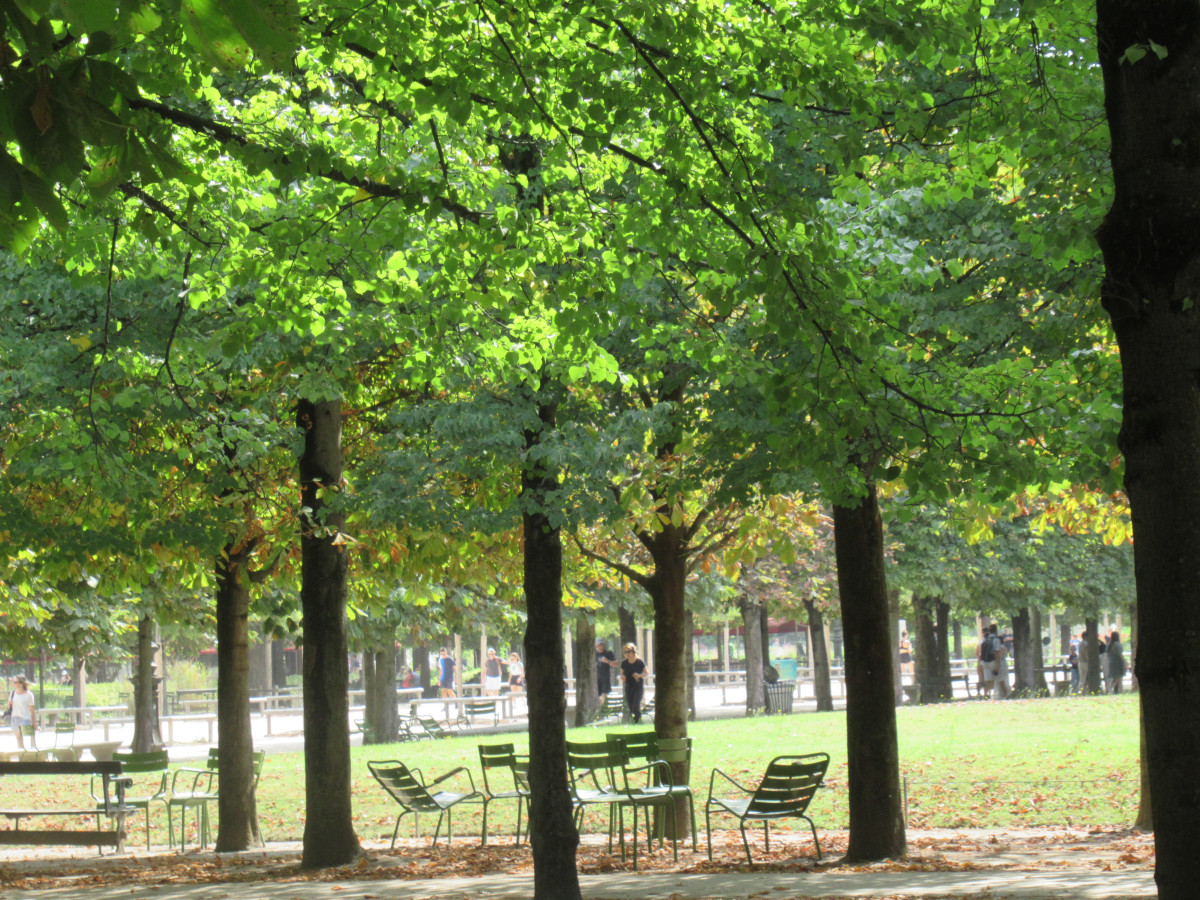This post presents the work of 6 writers who wrote memoirs of Paris. There’s 17th century gossip, along with the reminiscences of past writers like Ernest Hemingway and George Orwell and then some musings on life in more contemporary Paris. There is much more on the podcast – more examples, longer quotations – but if you enjoy what you read or hear in this post, what that’s really telling you is that you should seek out the entire works! We highly recommend them all.
The Letters of Madame de Sévigné

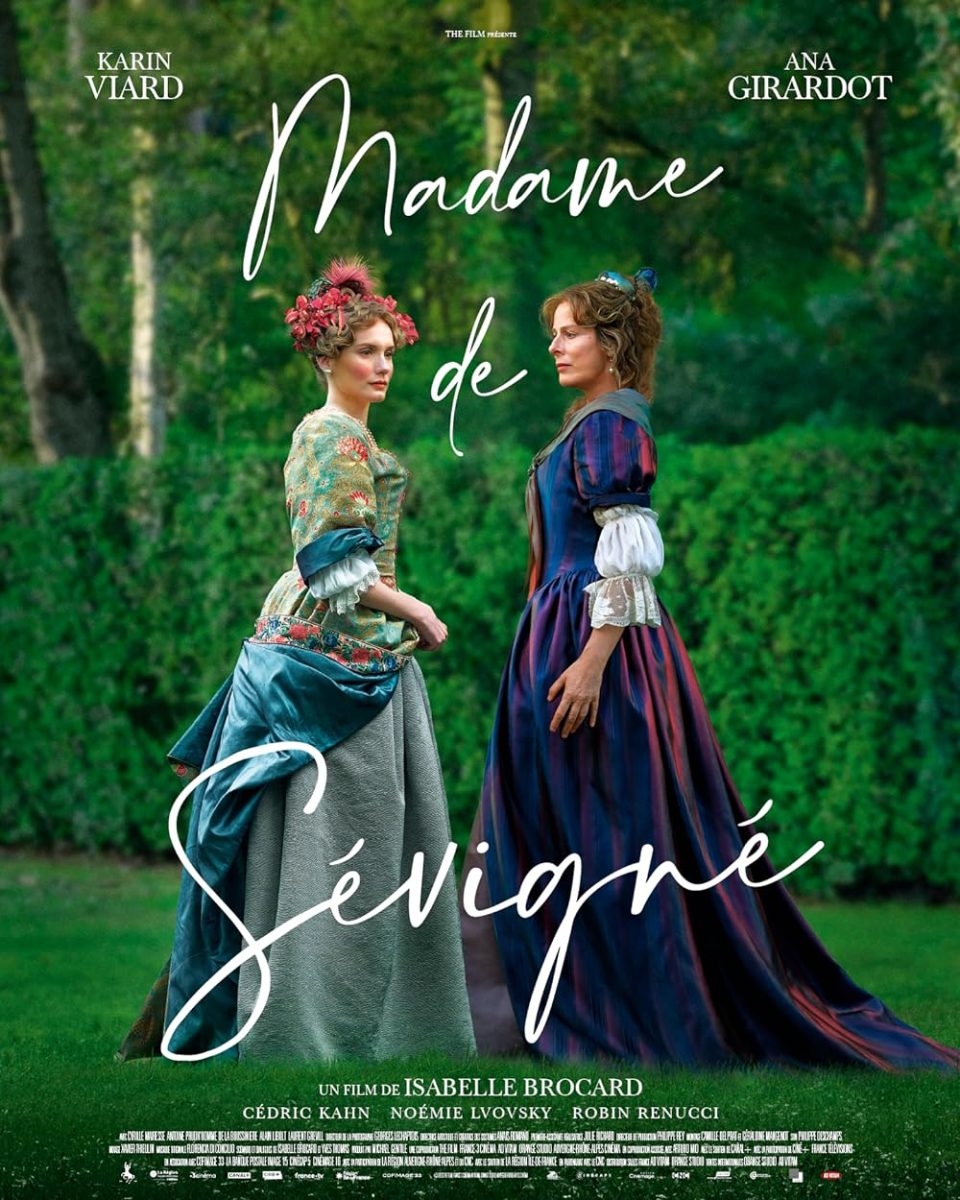
Madame de Sévigné spent her last 40 years as a well-off widow in 17th century Paris. She mixed in high society and led a highly sociable existence, dining out, going to balls and the opera, sometimes even attending the royal court. She related much of this when writing to her married daughter who lived in the south of France. H T Barnwell who translated her writing into English said her writing was characterised by ‘spontaneity, coupled with elegance, conciseness and directness, often to the point of abruptness.’ Here she is on the jealousy she witnessed when a new young beauty arrived at the court one evening.
‘Mme de Roquelaure has returned, looking so beautiful that yesterday she completely demolished the Louvre. This makes the beauties there so terribly jealous that it has been decided, out of spite, that she will not be invited to the after-supper gatherings, which are gay and gallant, as you know.’
A Moveable Feast by Ernest Hemingway

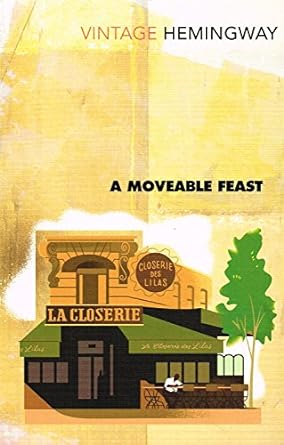
This is Hemingway’s wistful recollection of his life in Paris as a young, impoverished writer. Various episodes recall meeting artists and their models at the Dôme, visiting Gertude Stein at her home where they discussed art and literature, eating out with James Joyce and F Scott Fitzgerald and visiting the Shakespeare and Company bookshop where the owner Silvia Beach let him borrow as many books as he liked. It paints a picture of Paris and the bohemian writers and artists who flocked there in the 1920s. He also recalls long mornings spent writing in cafés, as here:
‘The blue-backed notebooks, the two pencils and the pencil sharpener (a pocket-knife was too wasteful), the marble-topped tables, the smell of early morning, sweeping out and mopping, and luck were all you needed. For luck, you carried a horse-chestnut and a rabbit’s foot in your pocket.’
Down and Out in Paris and London by George Orwell

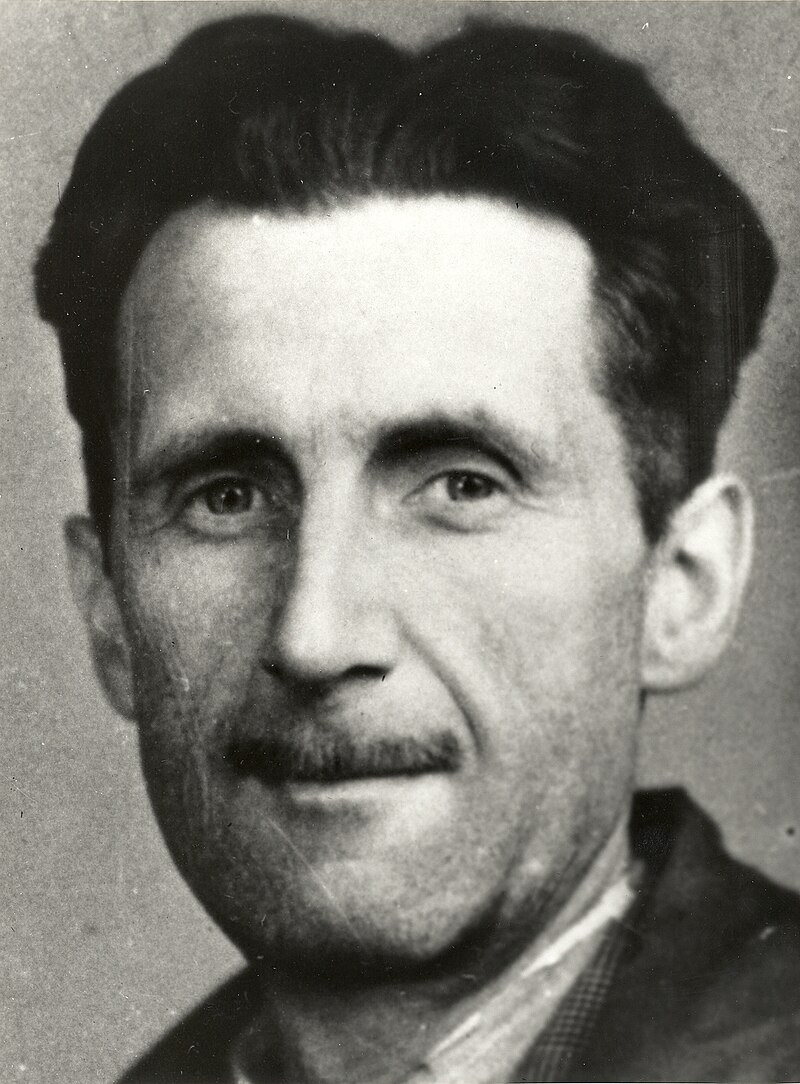
This is George Orwell’s account of a year (1928-9) spent working as a lowly dishwasher in the restaurants of Paris, then London. He describes the endless rushing around, the grinding hard work from the ‘breakfast pandemonium’ and other ‘periods of turmoil’. He recalls too the ‘instructive sight’ of watching waiters leave the chaos of the kitchen and adopt ‘a solemn priest-like air’ as they sailed across the carpet towards customers as ‘gracefully as swans.’ Most memorably perhaps, he remembers the filth of the restaurant kitchens where he toiled:
‘There was no time to sweep the floor till evening, and we slithered about in a compound of soapy water, lettuce leaves, torn paper and trampled food. A dozen waiters with their coats off, showing their sweaty armpits, sat at the table mixing salads and sticking their thumbs into the cream pots.’
Paris to the Moon by Adam Gopnik
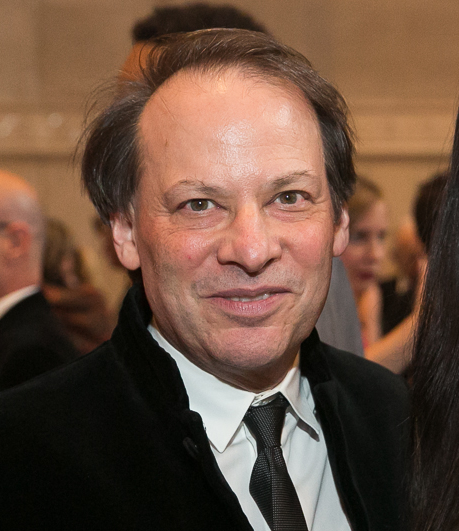

The writer Adam sums up ‘his Paris’ as ‘the site of the most beautiful civilisation there has ever been: cafés, brasseries, parks, lemons on trays, dappled light on bourgeois boulevards’. He sometimes writes of journalistic tasks such as covering a Valentino fashion show, but mainly the book describes his everyday life, learning to shop and cook like a Frenchman:
‘I shop every day, making the rounds: the nice butcher on the Rue de Verneuil, the grumpy butcher on the Rue du Bac, the expensive, excellent vegetable shop on the Rue de Grenelle, … the one good fish place on the Rue du Bac, cheese from Barthélemy on the Rue de Grenelle …. maybe a bottle of wine at Le Repaire de Bacchus, where we discuss what I’m cooking.’
‘I have learned to make fifty or sixty different dinners: roasted poulet de Bresse, blanquette de veau à vanille, carré d’agneau, gigot de sept heures. I can clafoutis an apple, poach a pear, peel a chestnut. Big dishes, big food.’
Flâneuse by Lauren Elkin

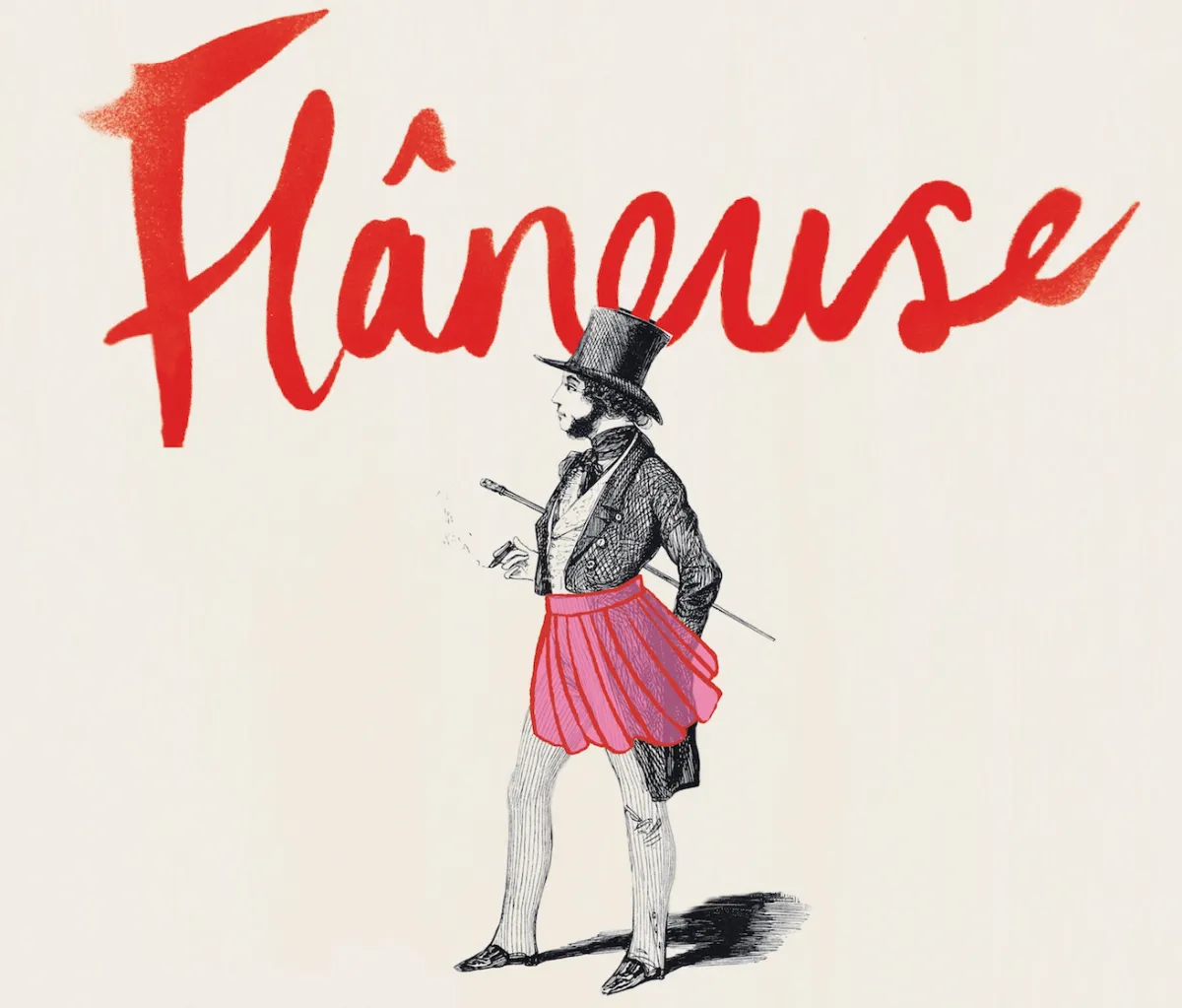
Of the 9 chapters recalling Lauren Elkin’s city wanderings, three are devoted to Paris. She wanders and muses, exploring Montmartre thought the eyes of the film director Agnès Varda and recalling the experiences of Hemingway and Jean Rhys, who came to Paris to learn to write, linking their experiences with her own attempts to forge a career in literature. Here are her thoughts on A Moveable Feast.
‘Young Hemingway evokes the city I was coming to love, what makes a café good to work in, and tucks into a café au lait, a rum St James, a dozen oysters and a half carafe of white wine while writing a short story and looking at all the people in the café. …. A Moveable Feast showed me a young American in Left Bank Paris, sitting in cafés and learning to be a writer. …. In spite of the biographical differences between us, I felt we had the same instincts.’
The Sweet Life in Paris by David Lebowitz

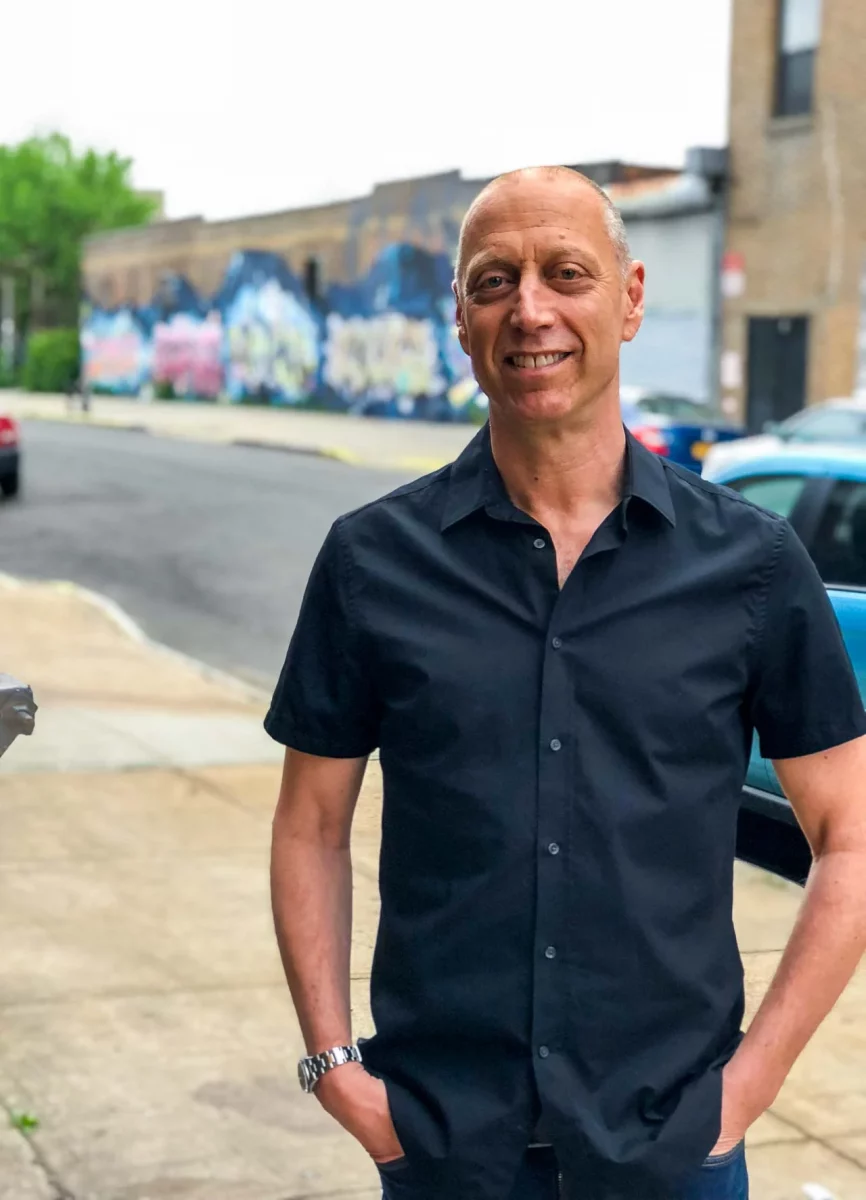
The chef and author’s book mixes some fifty recipes (tarte tatin, île flottante, madeleines, clafoutis) with short chapters offering scenes from Parisian life and his take on them. They have headings like ’Dining like a Parisian’, ‘The Parisian attitude to Queuing’ and, on the propensity of Parisians to strike regularly, ‘Grève Grief.’ His love of French culture shines through. For example, below is his description of a cheese platter served at a dinner party that was so perfect that he ‘actually gasped when the platter was put before us.’ Do read the book to find out how a guest from New York ruined the moment and managed to ‘decimate what had taken several generations of cheesemakers to perfect.’
(The cheese platter consisted of) ‘a sublime, oozing ripe Camembert de Normandie wafting its sweet barnyard fragrance in my direction. Next to it was a squat, ash-rubbed cushion of chèvre, its snow-white creaminess peeking through the grey smudges blanketing the surface. I couldn’t wait to lop off a slab of the nutty Comté, a top cheese in my book, made from cows who’ve spent their days leisurely grazing their way across mountains in the Jura. And to complete the picture of perfection, there was a wedge of cave-ripened Roquefort, mottled throughout with its much-revered fuzzy-green mould.’
Listen to the POdcast
Reading suggestions
Selected Letters of Madame de Sévigné
A Moveable Feast by Ernest Hemingway
Down and Out in Paris and London by George Orwell
Paris to the Moon by Adam Gopnik
Flâneuse by Lauren Elkin
The Sweet Life in Paris by David Lebowitz
links for this post
Previous episode Two Literary Houses in Paris
Next episode Paris – Moments of History
Last Updated on November 21, 2024 by Marian Jones

